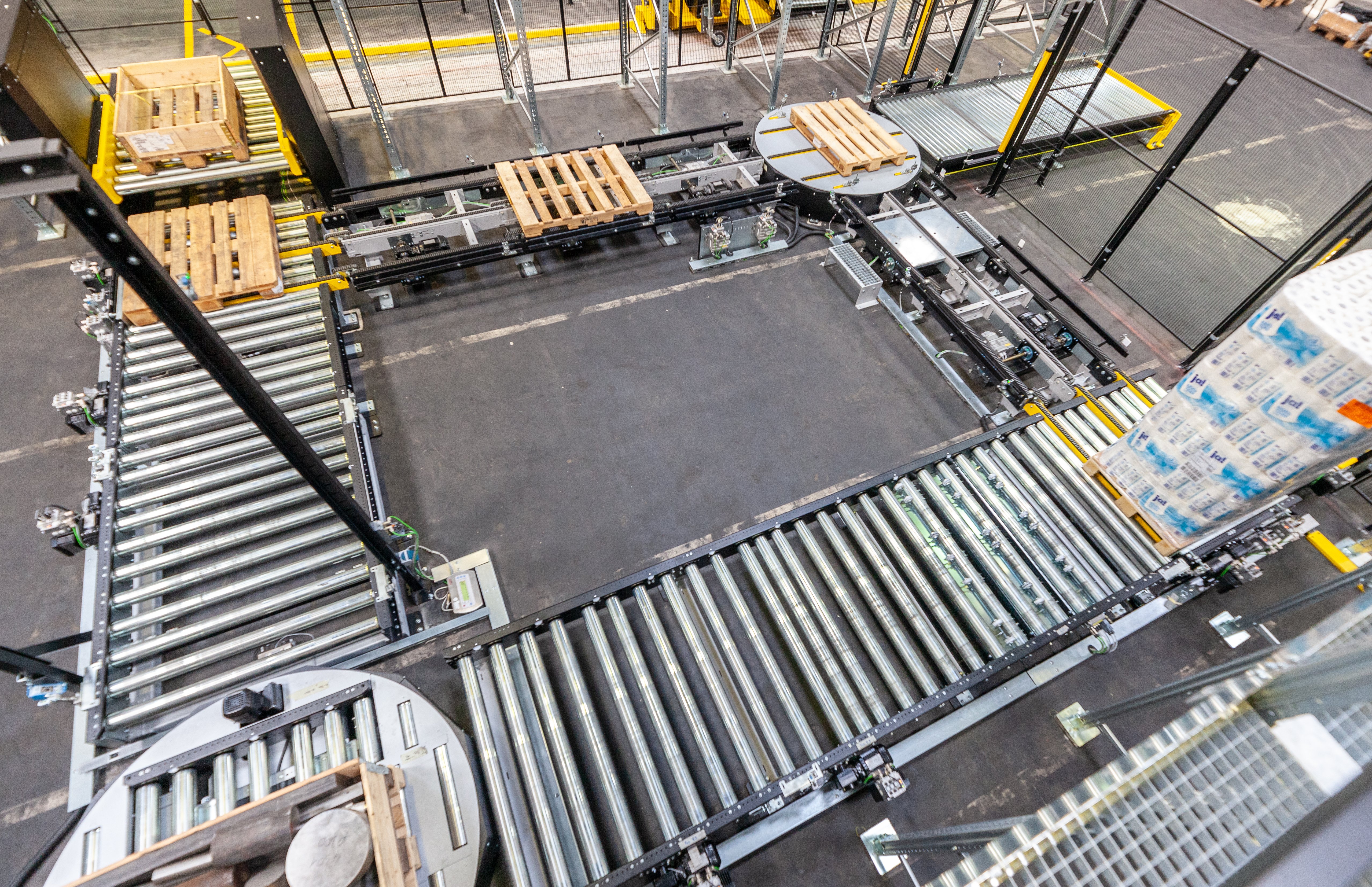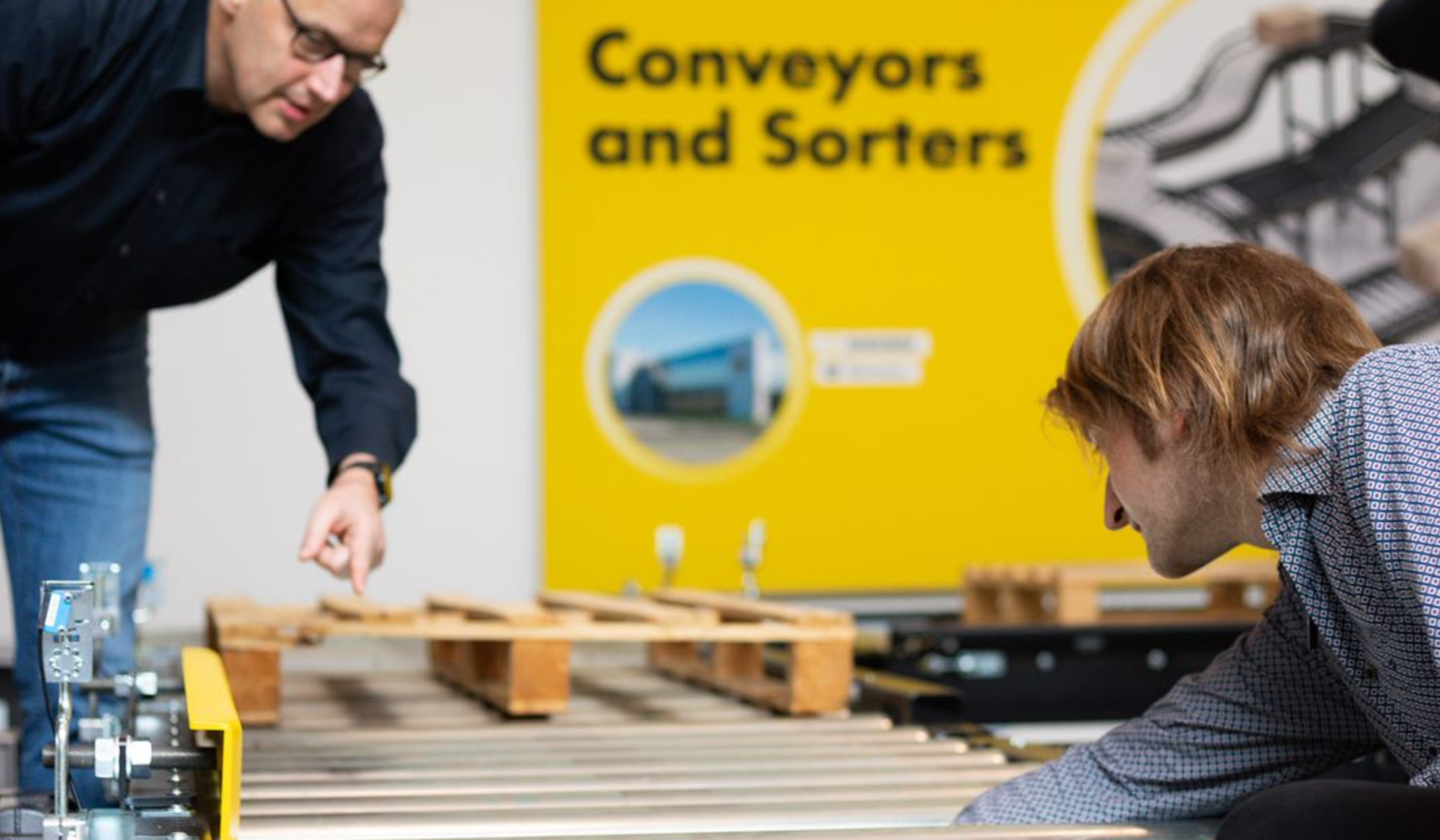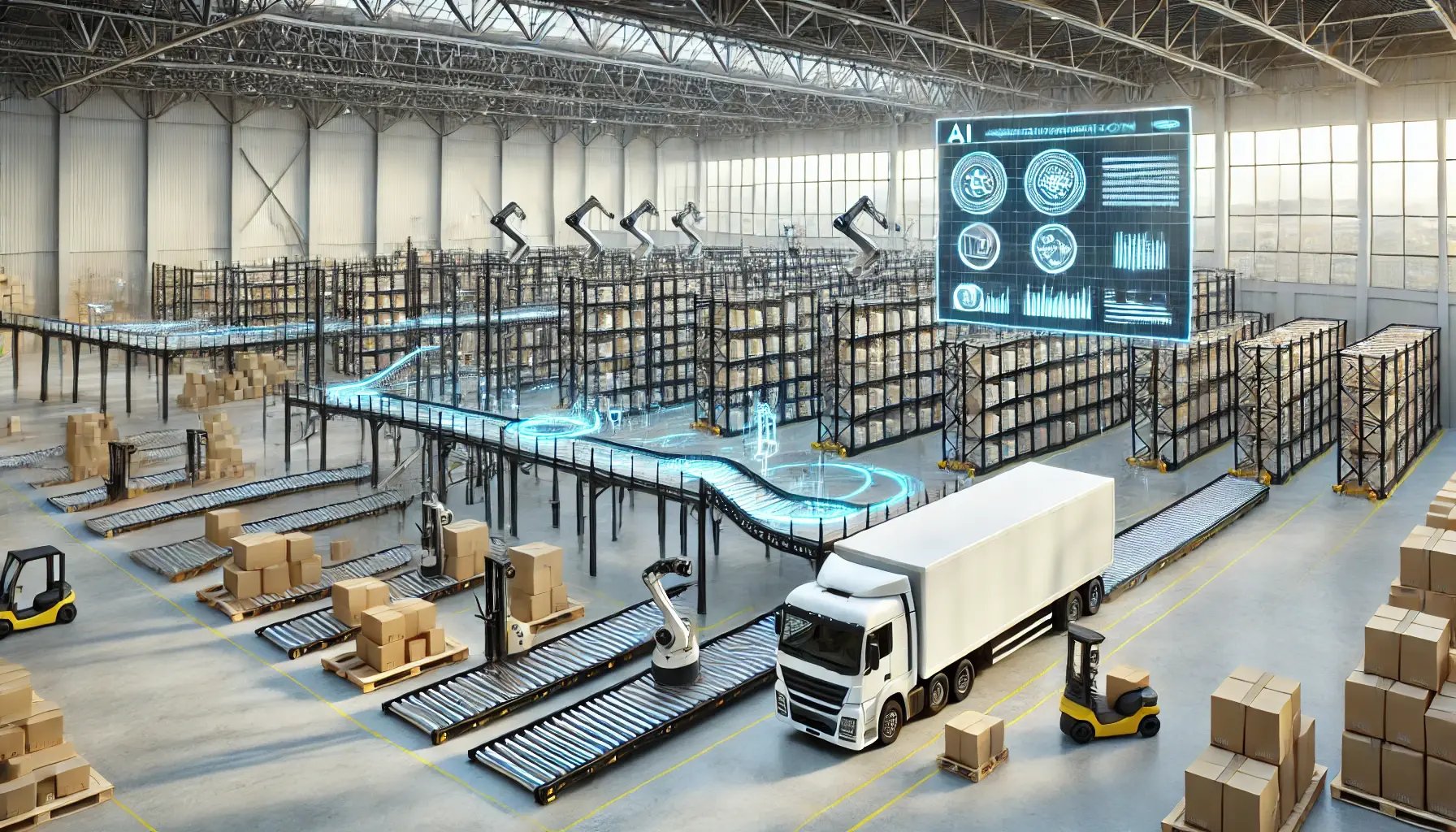The ideal preparation for implementing a pallet conveyor system
by Interroll on Dec 27, 2024 2:00:58 PM

They are situations countless material handling businesses find themselves in every year: our existing platform is looking worn and unsafe; our manual conveyors are so old they’ve become inefficient and expensive; we need to expand our solution to add extra capacity; we want a new platform for a new operation/warehouse to reduce costs.
No matter what the reason for needing to update, replace or build new conveyor systems, automated pallet-handling solutions almost always fit the bill in terms of efficiency, cost and safety benefits. Yet the prospect of implementing one is daunting – even to the initiated.
It’s not always clear where to start (what sort of conveyor do we need?), what benefits can be achieved (will a new system help us to meet sustainability targets?) or who needs to be involved (does the manufacturer install the platform, or a third party?).
Why chose an automated solution?
There are many things to consider when beginning the process of implementing a new automated pallet-handling system. The first is, why do we need one? The main reason is that automation has the potential to transform pallet handling. Automated conveyors help to meet rising demand in sectors such as logistics, retail and e-commerce by increasing throughput and reducing reliance on labor. They also improve efficiencies, safety and costs, alleviating some of the major pain points associated with manual and semi-automated pallet handling.
For example, automated conveyors using zero-pressure-accumulation (ZPA) software ensure the distance between pallets is optimal to prevent the build-up of pallets, maximize throughput and remove the safety risk of collisions.
Throughput maximization and energy reduction go hand in hand
And because ZPA systems are not in constant operation (like typical belt conveyors), they also substantially reduce energy consumption – implementing ZPA drive components can reduce power usage by up to 50%. Modularity adds a further set of benefits. Modular automated platforms, such as Interroll’s Modular Pallet Conveyor Platform (MPP), are highly flexible and scalable, and can be easily integrated, making them easier to design, install and maintain.
And what do logistics managers want from an automated conveyor? A 2023 survey by the Fraunhofer Institute for Material Flow and Logistics IML found that logistics businesses want reliable, proven and long-lasting automated pallet handling solutions that can be used in multiple markets.
These should be easy to design, fast and simple to install, and straightforward to commission and maintain. For more information on challenges, trends and solutions in automated pallet handling, see the industry insight report “On a roll: Automation and the future of pallet handling”.
Who’s involved in the implementation process?
Having determined the need for an automated pallet-handling system and its general requirements, the next step before beginning the implementation process is understanding the parties involved and their roles. In almost all cases, there are three parties:
- The end user: As the primary customer, the end user defines the tasks that the conveyor system needs to fulfil and works with the other parties to identify any restrictions/limitations. It is also responsible for the system's operation once installed, often via an operation/maintenance contract with a system integrator.
- The system integrator (SI): Almost all end users engage an SI, typically a general contractor. The SI is responsible for design-stage calculations (size, throughput, etc.), ordering and building the conveyor platform, and the warehouse management system. It may also oversee maintenance. Depending on the contract with the end user, the SI may also be a manufacturer's customer.
- The manufacturer: Produces the conveyor components to an agreed timescale. It also provides design tools featuring its products to assist end user/SI planning, and may fulfill parts of the installation.
Ready to go?!
Final considerations in the pre-implementation phase include budget, timelines and the exact roles of the involved parties, although these will ultimately be dictated by the implementation route. Once all this groundwork is complete, the stage is set for implementation.
At this point, it is important to remember that there is no set path – different options exist at every stage of the process. Our implementation guide assesses these options and outlines the five key stages of successful projects, from planning and design to go-live and system optimization. It focuses on challenges and pain points, offering solutions and recommendations for each.
For more details, download the report or read the summary blog post here.
Getting ready and educating yourself is vital for successfully integrating a Modular Pallet Conveyor Platform. Therefor our specialist wrote a story on what you should consider. Read our implementation guide today!
You May Also Like
These Related Stories

Five steps to successfully implementing a pallet handling solution

Increase safety and reduce cost with automated Pallet Conveyor Systems

